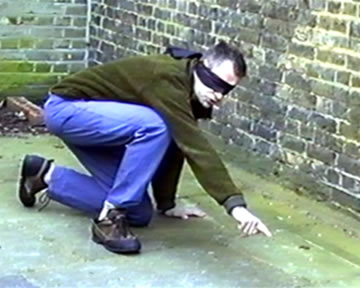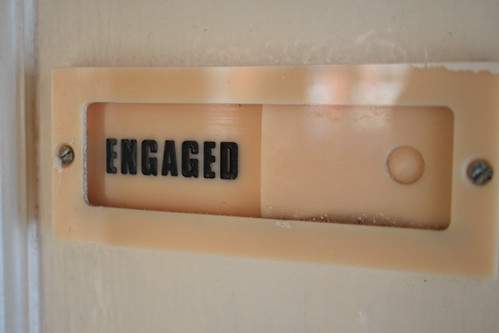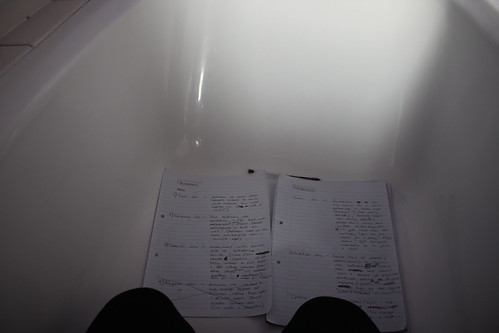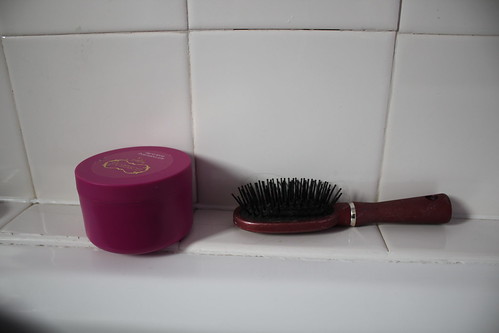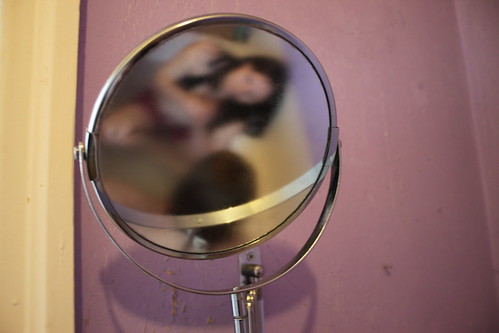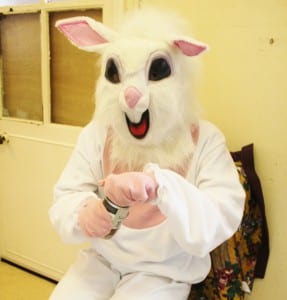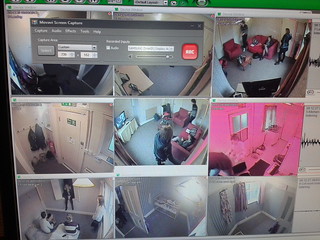My performance has been concerned with the masculine, the need for a man to escape to an inner sanctum, and regards what he does when he is in there. For many the shed is not only a physical environment of distractions but is also a place where the imagination is allowed to thrive unhindered by the complexities of reality. The question that I’ve been attempting to tackle has been, for quite some time now, ‘How do you build a dream, without having all the pieces?’ because, of course, there are always pieces missing. In this case the pieces are literally missing from the jigsaw some have been lost in the mess of the shed, others taken by audience members seeking a souvenir and more were probably never there in the first place, it occurs to me now that jigsaws are an excellent metaphor for aspirations, we all have them, or at least think we do, but how many people realise them? How many people have the patience and how many have all the pieces? So we have to learn to do without. It could be said that making the best you can with the pieces you still have is the best any man can do in life. In the other shed the missing piece is veracity, because this is that other bastion of dreaming, sheer fantasy, finding within 10 yards of your shed an incredible hoard of artefacts and antiques of unknown worth, and being the only one capable exposing their true importance.
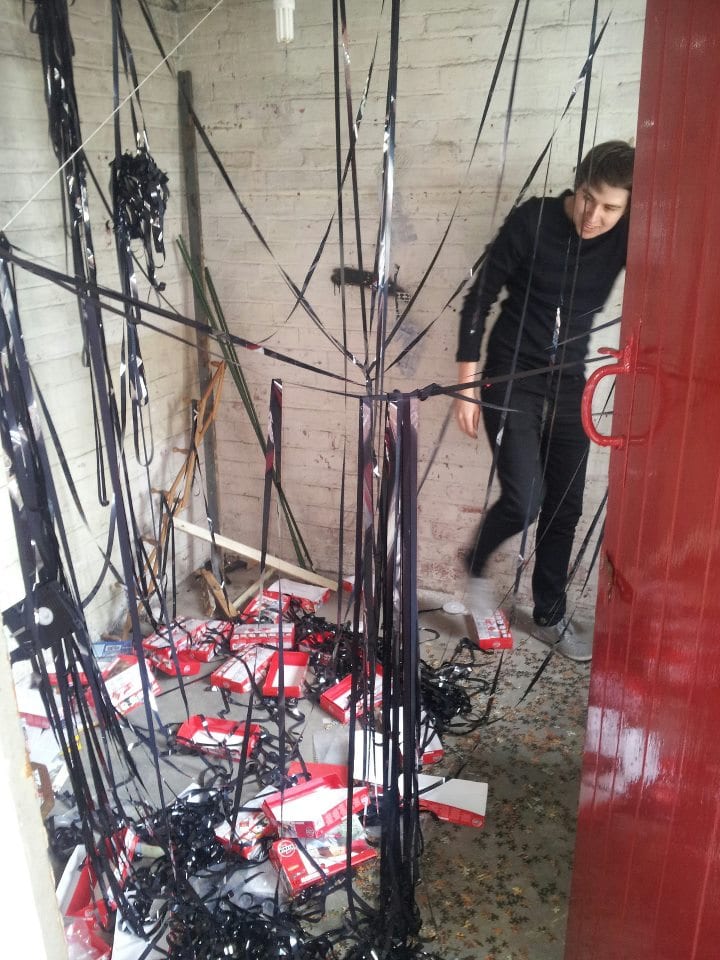
In a speech given in 1994 Tim Etchells sets the criteria for successful performance art, he does so with a series of questions that the artist must confront. “Will I carry this event with me tomorrow? Will it haunt me, will it change you, will it change me, will it change things?” (( Etchells, Tim (1999) Certain Fragments, Abingdon: Routledge. P. 49 )) .
Firstly and most superficially it did change things, in the most direct way it translated the ordinary momentarily into the extraordinary, the roll of wallpaper masquerading as part of an ancient 1:1 scale map of the Atlantic ocean. Along with over a hundred items in the extensive collections of misunderstood treasures and artefacts, these became part of a new history that I have dreamt in the last few months. The jigsaw became a metaphor for the dreams that all men have, as well as a particularly stylish suit.

Did it change you (meaning the performer)? It certainly did, it gave me an appreciation for a journey without end, it did not matter that at the end of 16 hours the suit of jigsaw pieces would never be complete, it was the journey, and the people that had contributed, mostly in the form of pieces glued in unreachable places, but also in company, laughs and even in a name with which to take my product to market, ‘Jigzeys’. The Process of building something with a completely unique logic of its own, and of having to repeatedly explain that logic, allowed me to engage with parts of masculinity that I might normally have avoided.
Did it change me? (the audience member) and to lesser extent will it haunt me?/will I remember this? These questions are more difficult as they can only rely on speaking to members of the audience afterwards. Some said they had a new appreciation for the phrase ‘one man’s junk is another man’s treasure’, but as I performer I hope they saw the nature of the ambitious and unending projects and did not pity me but were able to see the underlying idealism, I still believe, and this may appear to be heavy handed metaphor, that idealism and enthusiasm are the key to realising dreams in the long run even if it only piece by piece.
Which brings us back comfortably to dreams, how do you build a dream without having all the pieces? Well in one sense you don’t, the dream as aspiration will always require more, some are and have always been unachievable. But in another sense dreams are also daydreams and escape and the value of them should not be underestimated, they allow us to keep our idealism intact, though can be shed just as easily as a suit made of jigsaw pieces, which, as any man who has spent considerable in a shed can tell you, is easier than it looks after a little practice.
And of course in some ways the performance/dream isn’t over so if you see someone walking down Lincoln high-street wearing a jigsaw, perhaps it’s me on my way to model my product for some boutiques, or perhaps it will have already caught on.
